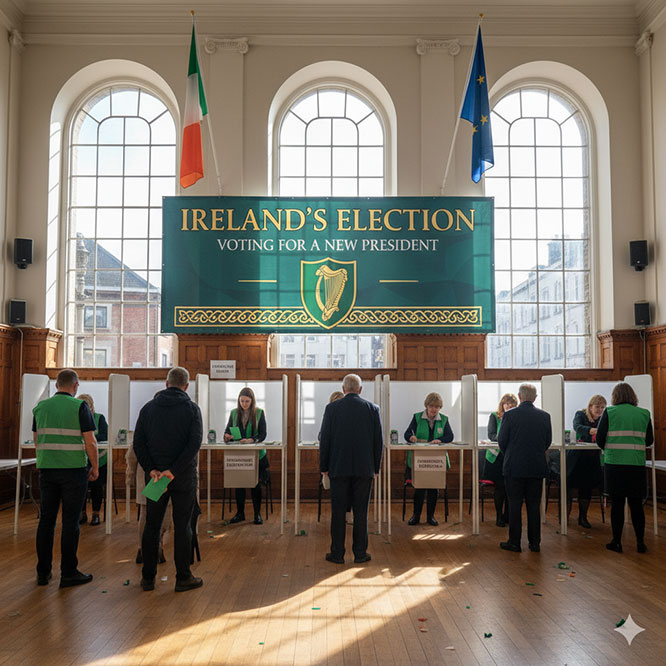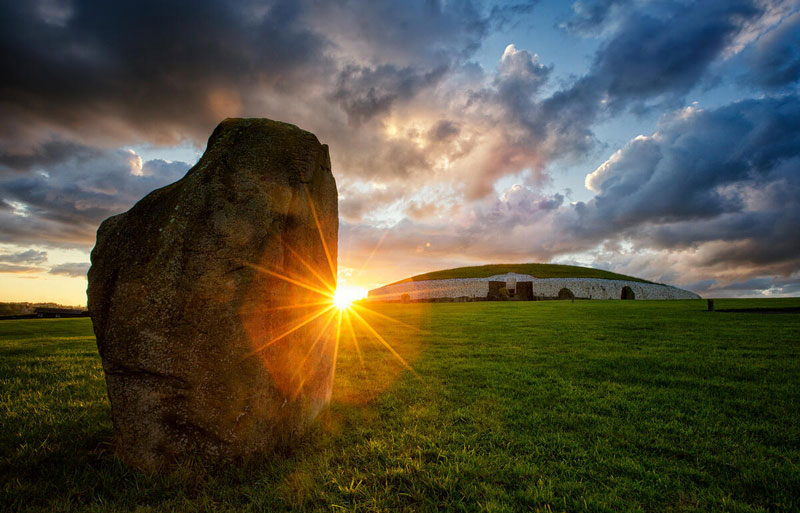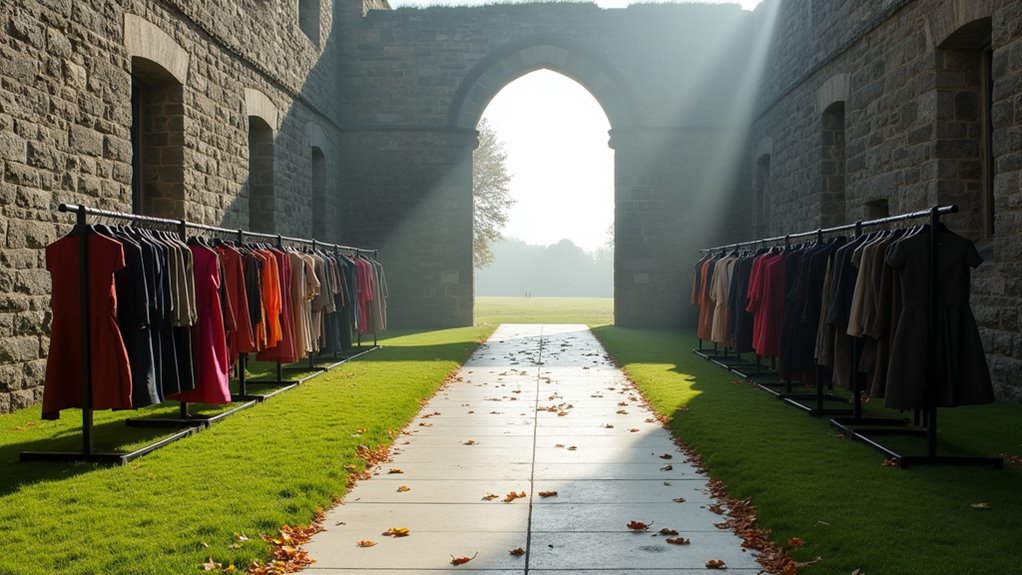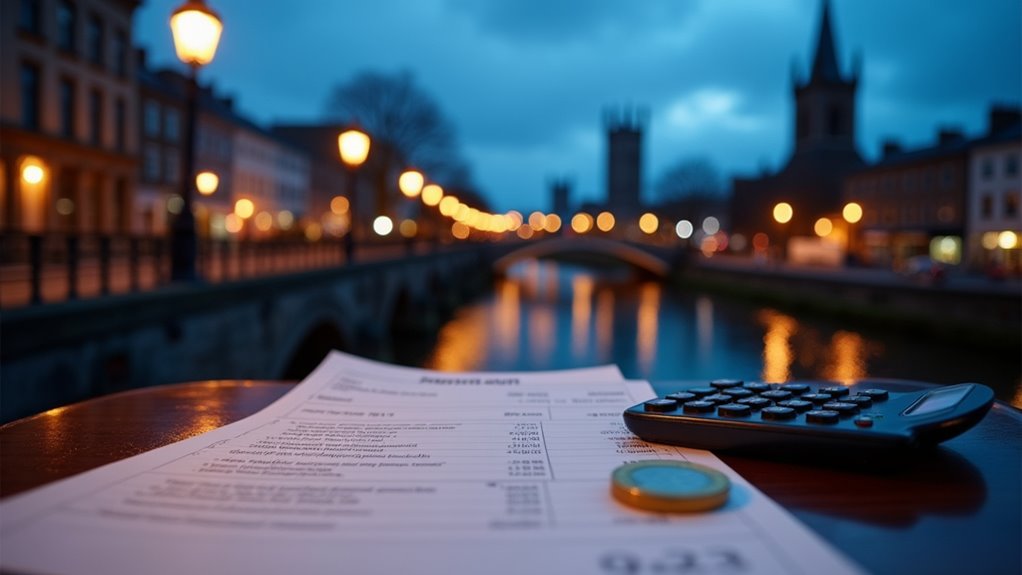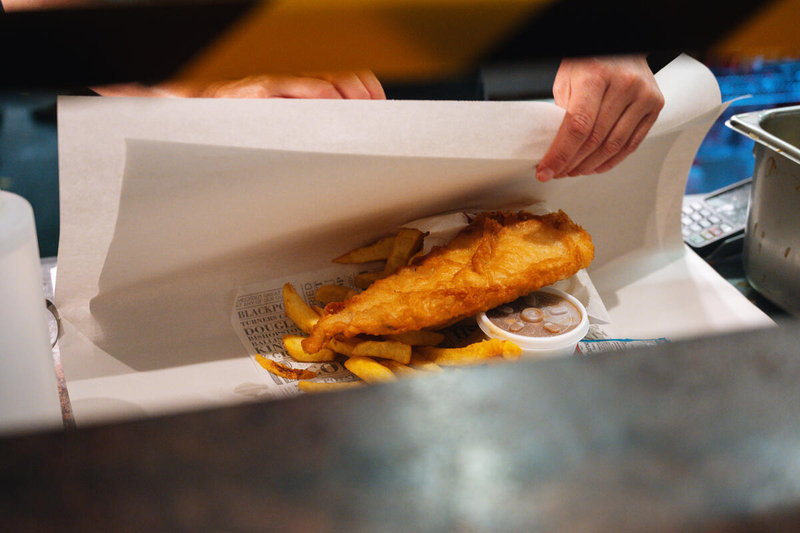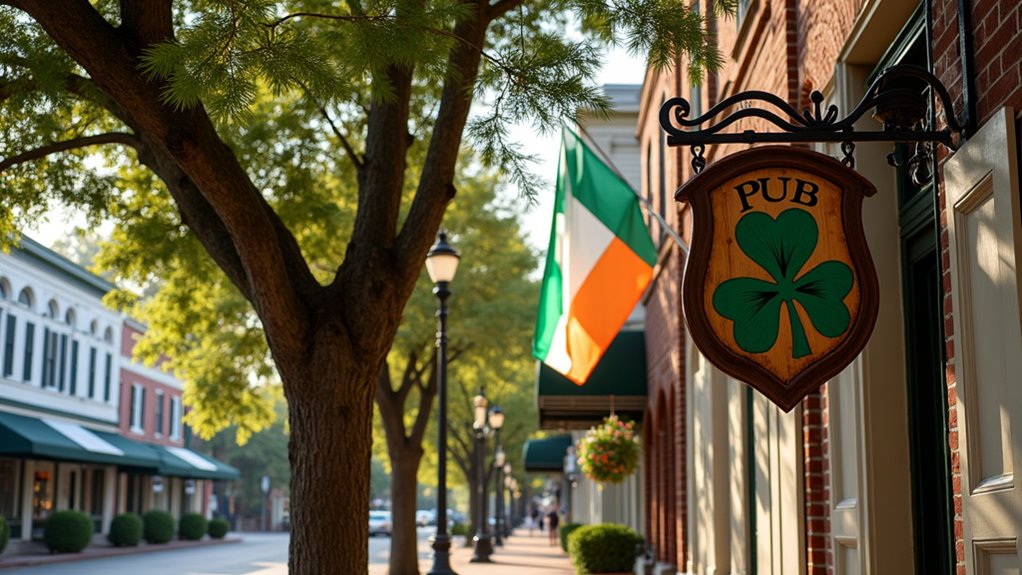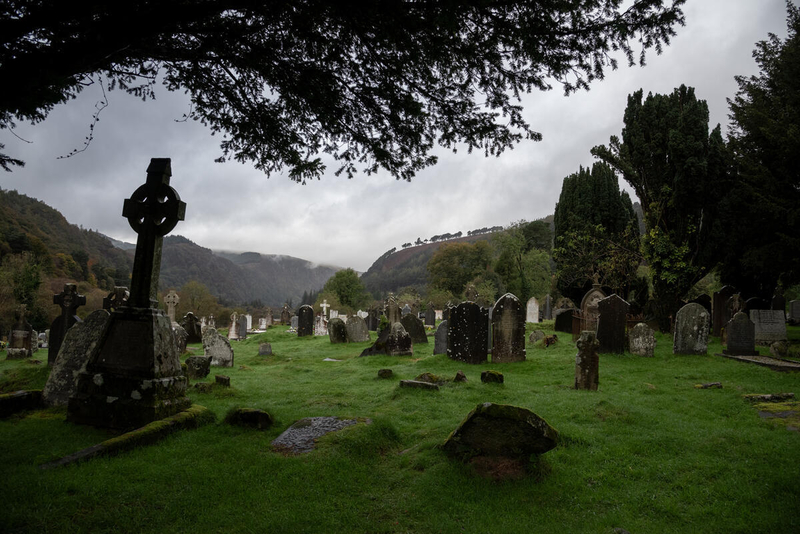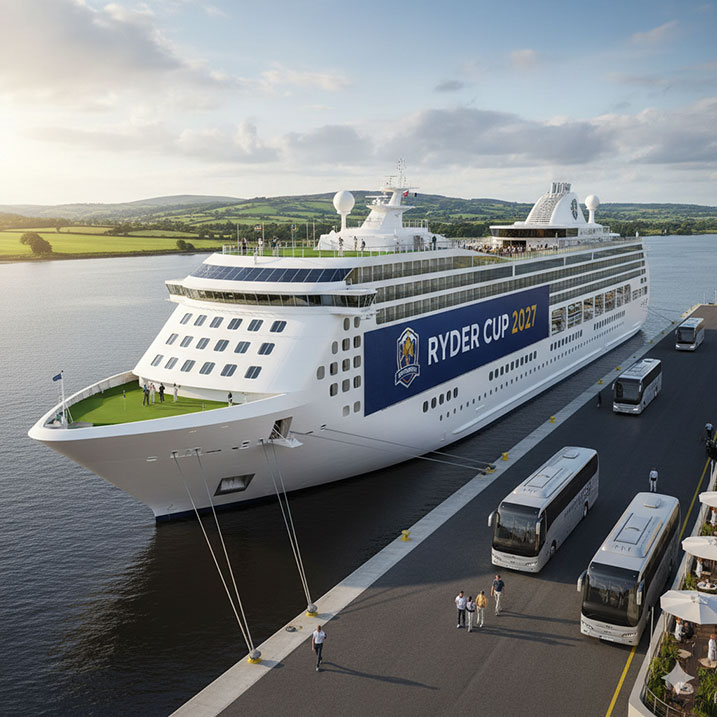Revolutionary Foundations: the Transition From Independence Fighters to Constitutional Guardians
When the smoke cleared from Dublin’s General Post Office in April 1916, nobody, not the British officers surveying the rubble, not the bewildered Dubliners returning to their ransacked streets, and certainly not the condemned leaders awaiting execution in Kilmainham Gaol, could have predicted that this seemingly doomed uprising would catalyze the birth of a modern democratic state.
From the ashes of a doomed rebellion rose an improbable democracy—transformation nobody saw coming.
The transformation was neither clean nor inevitable. Revolutionary figures like Michael Collins and Éamon de Valera traded guerrilla warfare for parliamentary debates, though not without bloody detours. The Civil War claimed independence leaders who’d survived British bullets only to face Irish ones. Sinn Féin’s landslide victory in the 1918 general election, capturing 70% of Irish seats, marked the decisive shift from armed resistance to political legitimacy. The 27 Sinn Féin MPs who assembled on 21 January 1919 to form Dáil Éireann rejected British authority entirely, establishing a rival parliament that would become the foundation of Irish self-governance.
De Valera’s 1937 Constitution completed this metamorphosis, replacing revolutionary mandate with constitutional legitimacy. The new presidency became a ceremonial guardian rather than a wielder of military power, a symbolic shift that would’ve baffled the IRA’s 15,224 medal recipients. The path to this constitutional framework was paved by earlier movements such as the 1798 Rebellion, which established enduring symbols of Irish resistance against oppression.
Gone were oaths to British monarchs; instead came constitutional frameworks. Ireland had exchanged its rebels for role models, transforming street fighters into statesmen through ink, parchment, and hard-won compromise.
Breaking New Ground: Women Presidents and the Modernization of Ireland’s Highest Office
As November’s damp settled over Dublin in 1990, few political observers gave the austere law professor much chance against the Fianna Fáil machine that had dominated Irish politics since de Valera’s day.
Mary Robinson proved them spectacularly wrong and, in doing so, transformed Ireland’s presidency from a ceremonial relic into a moral compass.
Her seven years in Áras an Uachtaráin rewrote the job description entirely.
Where predecessors ribbon-cut and glad-handed, Robinson ventured into Somali refugee camps and Belfast housing estates, wielding what she called “moral authority” like a constitutional loophole nobody had bothered exploiting before.
She didn’t just break the glass ceiling; she repurposed the shards into something useful, a presidency that could challenge divorce bans, advocate for human rights, and conduct international diplomacy without technically holding executive power.
She shattered protocol by becoming the first Irish head of state to visit Britain and Northern Ireland, signaling a new willingness to engage with Ireland’s most sensitive relationships.
Her initiatives particularly resonated with American visitors who maintained strong ancestral ties to Ireland, often inspiring them to extend their stays and engage more deeply with the country’s evolving identity.
Robinson invited diverse societal segments to the presidential residence for discussions, breaking down barriers that had long separated Ireland’s marginalized communities from the corridors of power.
The precedent stuck.
When Robinson departed for the UN in 1997, she’d established an irreversible template: Ireland’s presidency would never again settle for merely ornamental.
